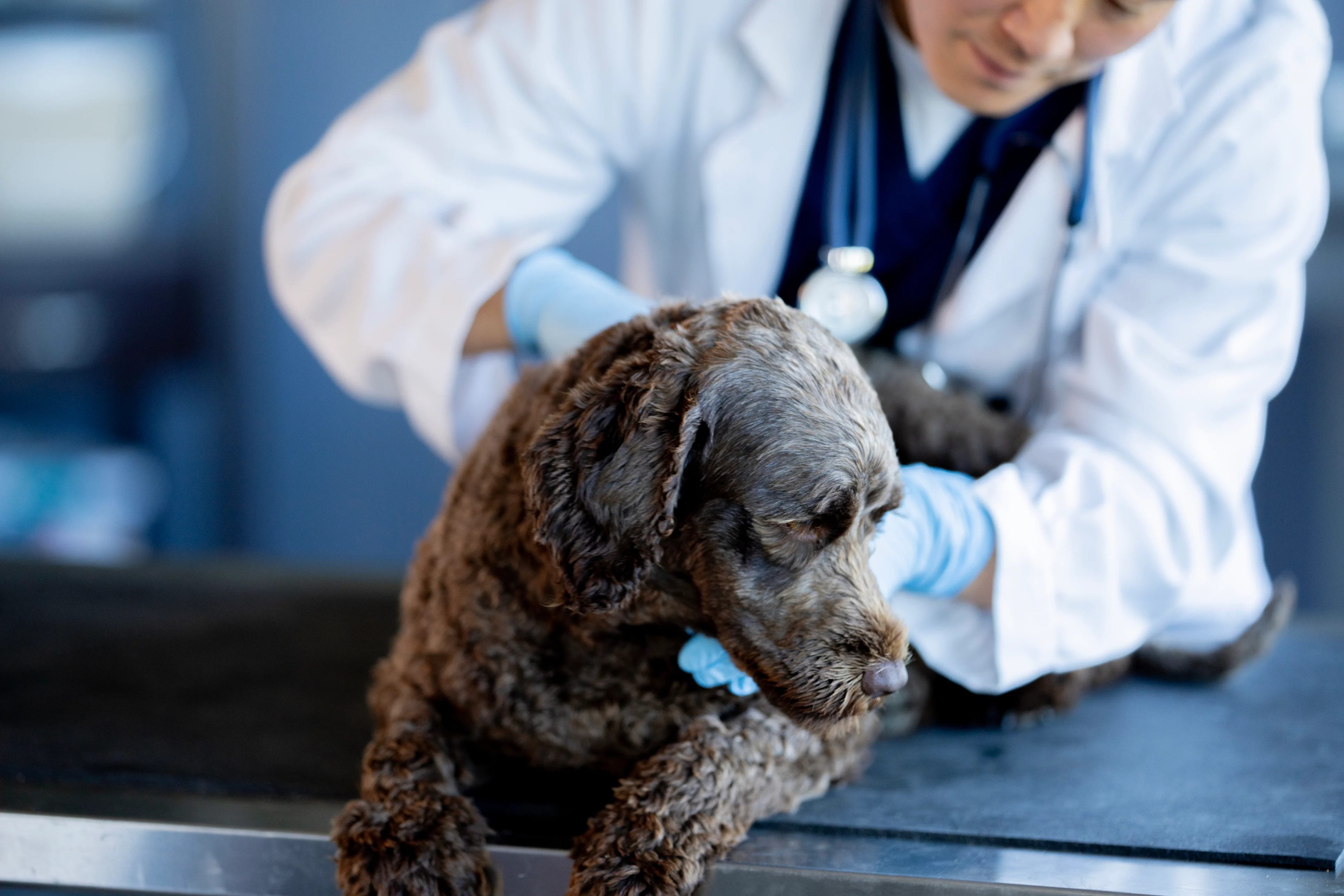
In the Literature
Pieper JB, VanDusseldorp P, Kreuder AJ, Berger DJ. Use of saline-soaked bacterial culture swabs increases bacterial recovery in dogs with superficial bacterial folliculitis. Vet Dermatol. 2025;36(5):621-629. doi:10.1111/vde.13355
The Research …
Recurrent canine superficial bacterial folliculitis (SBF) is a common consequence of chronic conditions (eg, underlying allergic dermatitis, endocrine disorders) and can present as exudative (eg, pustules) and nonexudative (eg, crusts, epidermal collarettes) lesions.1 Antibiotic resistance has increased the need to perform aerobic culture and susceptibility testing to guide antibiotic selection; however, there is no consensus regarding how to most effectively perform a diagnostic skin culture of nonexudative skin lesions.2
This study evaluated 9 dogs with nonexudative skin lesions (19 lesions) and surface skin cytology suggestive of SBF. One half of each lesion was sampled using a dry sterile swab, and the other half was sampled using a sterile swab premoistened with sterile saline. Numbers of staphylococcal colonies present were measured using aerobic quantitative cultures. The saline-soaked culture technique resulted in significantly higher staphylococcal colonies than the dry culture technique when sampling nonexudative SBF lesions.
… The Takeaways
Key pearls to put into practice:
SBF should be managed with topical therapies (eg, chlorhexidine shampoo, spray, or mousse; mupirocin ointment) when possible.3 If not possible due to extent of infection, lack of response, or compliance difficulties, systemic antibiotics are indicated. Cephalosporins, clindamycin, and amoxicillin/clavulanate are appropriate for empirical treatment of SBF.4
Antibiotic resistance should be suspected when there is an inadequate response to empirical antibiotic therapy or history of recurrent antibiotic administration. When resistance is suspected, aerobic culture is indicated to guide antibiotic selection.4
Clinical manifestations of SBF may be best cultured using a variety of techniques. For exudative lesions (eg, pustules), a sterile needle can be used to puncture pustules and sample the exudate. Although there is no clear consensus on the best sampling method for nonexudative lesions (eg, collarettes, crusts),2 this study suggests more bacteria can be collected when the swab is premoistened with sterile saline.
Potential benefits of increasing the number of bacteria collected for culture include improved detection of varying bacteria species in mixed infections, improved accuracy of bacterial growth reported by the laboratory, and improved correlation of cytologic and culture findings.5
You are reading 2-Minute Takeaways, a research summary resource presented by Clinician’s Brief. Clinician’s Brief does not conduct primary research.